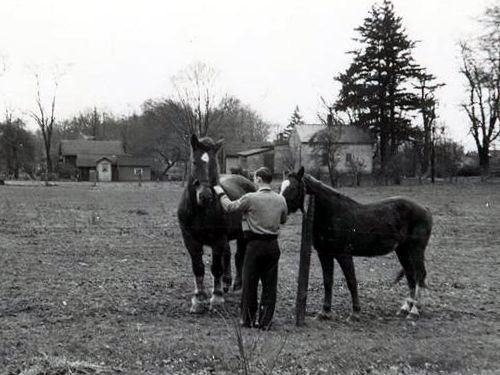Many athletes have pre-game rituals so why can’t authors have pre-writing session rituals, too? I certainly do.
My first ritual (technically, it’s third if you count the first as coffee and the second as settling my four-legged writing companions into their beds . . . more on them in a future post) is to set the mood in my lonely writer’s garret with music. Not just any music, though. During the hundreds of writing sessions it took to create An Irish Miracle, I have listened to the same track . . . over and over again. I don’t want get distracted by catchy lyrics while I’m writing. I want the music to help me slip quietly and efficiently into the “writer’s dream” state of mind (more on the writer’s dream in a future post, too). Now my brain will forever associate “Insight & Intuition” from the Brainwave Suite with the stories in An Irish Miracle. (You can listen to a short sample of “Insight & Intuition” here.)
My second official ritual is to “Write First”. It may not be true for everyone, but writing in the morning is definitely the most productive creative time for me. I’ve heard it said that no good writing has ever been done on a computer connected to the Internet. Having vast resources of background research material literally at my fingertips while I’m writing is invaluable, but if I don’t “Write First”, it’s too easy for one e-mail reply to lead to an interesting news article that leads to paying bills or an idea for a new blog post and my productive, creative morning has slipped by.
So identify the rituals that work for you and stick to them . . . even if you have to resort to writing them down on a sticky note. You can always tape it to your monitor after the sticky wears off!
(I’m planning a science fiction novel as a future project. I think I might listen to “A Storm is Coming” from “LOTR: The Return of the King” while I’m writing it.)


